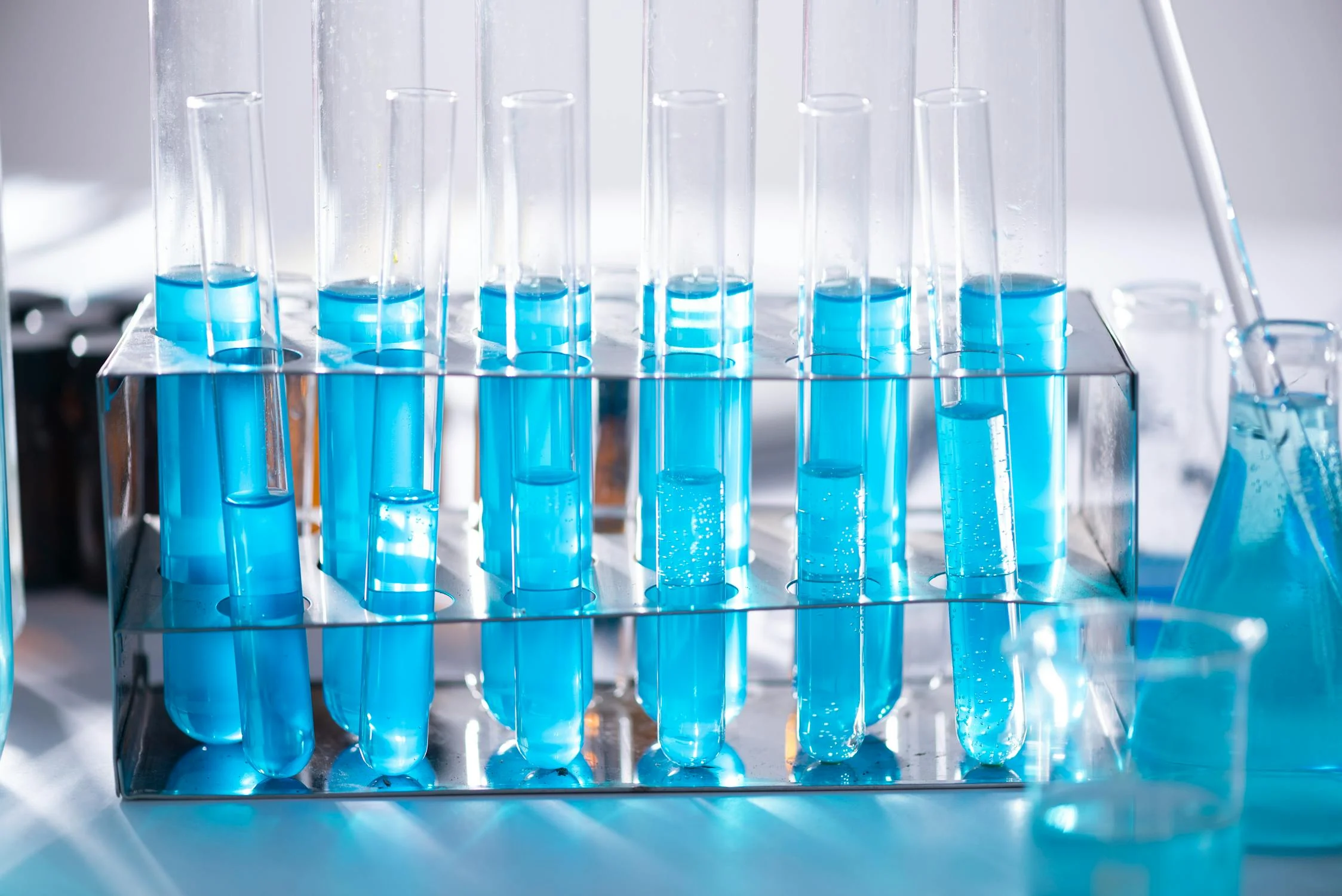Acyclovir forms needle-shaped crystals due to its molecular structure and how it interacts during crystallization. Acyclovir is a purine nucleoside analog with a planar, aromatic guanine-like core, which promotes strong intermolecular interactions like hydrogen bonding and π-π stacking. These interactions favor anisotropic growth along one axis, leading to elongated, needle-like morphologies. Specifically, the molecule’s polar groups (e.g., hydroxyl and carbonyl) form hydrogen bonds that align molecules in a linear, chain-like arrangement, while the hydrophobic regions stack, reinforcing growth in one direction.
Solvent choice and crystallization conditions also play a role. Acyclovir is poorly soluble in water, so in aqueous solutions or polar solvents, it tends to precipitate rapidly, encouraging needle-like habits as molecules aggregate along preferred axes to minimize surface energy. Slow crystallization (e.g., via evaporation or cooling) can enhance this by allowing ordered stacking.
This crystal habit is typical for compounds with planar, hydrogen-bonding-capable structures, as seen in other pharmaceuticals like aspirin or caffeine under certain conditions. If you want, I can search for more detailed studies or images of acyclovir crystals to confirm this behavior.
The needle-shaped crystals of acyclovir and those in gout (monosodium urate crystals) differ in their chemical composition, formation mechanism, and biological context, despite both having a needle-like morphology. Here’s a concise comparison:
- Chemical Composition:
- Acyclovir Crystals: These are crystals of the antiviral drug acyclovir, a synthetic purine nucleoside analog (C8H11N5O3). They form in pharmaceutical preparations or under specific lab conditions due to the drug’s molecular structure and solubility properties.
- Gout Crystals: These are monosodium urate (MSU) crystals, formed from uric acid (C5H4N4O3) and sodium ions. They precipitate in the body when uric acid levels in the blood exceed solubility limits, often due to metabolic issues like hyperuricemia.
- Formation Mechanism:
- Acyclovir: Needle-shaped crystals form due to acyclovir’s planar structure, which promotes hydrogen bonding and π-π stacking, favoring anisotropic growth in solvents (e.g., water or polar media). This is a controlled or incidental process in drug manufacturing or storage, driven by the molecule’s chemical properties and crystallization conditions.
- Gout: MSU crystals form in vivo in joints or tissues when uric acid, a byproduct of purine metabolism, becomes supersaturated. The needle-like shape arises from the molecular arrangement of urate ions, which align via ionic and hydrogen-bonding interactions. This is a pathological process influenced by pH, temperature, and sodium concentration in bodily fluids.
- Biological Context:
- Acyclovir: These crystals are not typically formed in the body. If acyclovir precipitates (e.g., in kidneys during high-dose IV administration), it can cause crystalline nephropathy, but this is rare and unrelated to gout. The needle shape is primarily a pharmaceutical or lab phenomenon.
- Gout: MSU crystals trigger inflammation in joints, causing gouty arthritis. Their needle-like shape contributes to their pathogenicity, as they irritate tissues and activate the immune system (e.g., NLRP3 inflammasome), leading to pain and swelling.
- Morphological Similarity:
- Both form needle-like crystals due to molecular structures that favor linear growth through strong intermolecular interactions (hydrogen bonding in acyclovir, ionic/hydrogen bonding in MSU). However, the specific molecular packing and crystal lattice differ, as acyclovir is a neutral organic molecule, while MSU is an ionic salt.
- Clinical Implications:
- Acyclovir: Needle-shaped crystals are a concern in drug formulation (e.g., solubility issues) or rare cases of renal toxicity, but they don’t cause gout-like inflammation.
- Gout: MSU crystals directly cause gout attacks and chronic joint damage if untreated, requiring management of uric acid levels (e.g., with allopurinol or colchicine).
In summary, while both acyclovir and MSU crystals share a needle-like shape due to molecular alignment, they differ in composition (synthetic drug vs. uric acid salt), formation (lab/pharmaceutical vs. in vivo), and impact (drug property vs. disease-causing). If you want visuals or studies comparing their crystal structures, I can search for those.


Leave a Reply